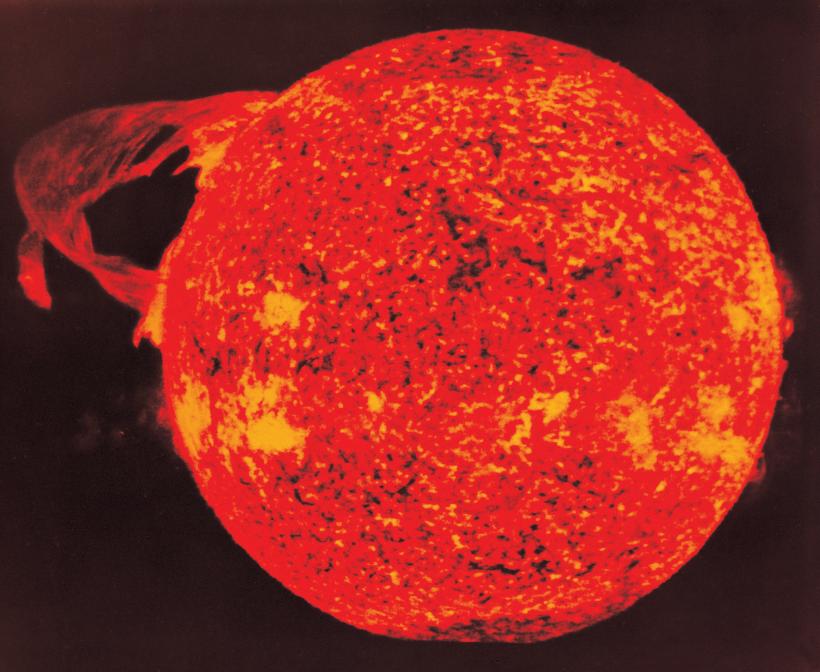
Image courtesy of Thinkstock
Among their terrifying tropes, apocalyptic sci-fi stories are keen on exploring world-wide loss of electricity as fantastical fallout from nuclear war or solar flares. After all, what could be more terrifying; surely its absence would deliver the crushing blow to society as we know it.
And while all seems fairly safe on the nuclear war front at the moment—even if the Doomsday Clock continues to hover at “5 minutes to midnight” (yup, that's real)—a recent report indicates that two years ago, humanity actually came uncomfortably close to losing use of “everything that plugs into a wall socket.”
So What Happened?
NASA reports that on July 23, 2012 in the midst of massive solar storm, the sun emitted the largest solar flare in more than 150 years—and it just barely missed our little blue planet Earth. Just how close was it? This close: If the flare had come just a week earlier, it would have collided with Earth’s orbit to “catastrophic” effects. We're talking burned-out satellite systems, massive long-term power outages and loss of running water, since urban H20 supplies often rely on electric pumps.
You see, during a solar storm, sun flare explosions emit an unholy combination of X-rays, extreme UV radiation and clouds of magnetized plasma which, if close enough to our planet, could alter the electrical makeup of our atmosphere, and thus our good and kind electric grid. Happily, these nefarious-sounding forces would leave life on Earth largely unharmed. At least directly. The aftermath of this damage, however, was theoretically estimated at $2 trillion. Which would surely leave us in a worldwide Great(er) Depression, and leave “large parts of society” crippled for months or years until massive repairs could be completed.
Solar Flares throughout the Years
Yes, sun storms have struck the Earth before—in fact pretty recently. The largest known incident, called the “Carrington Event,” took place in 1859. Luckily it didn’t inflict much damage in this era of steam engine rule, though some telegraph lines did set fire. A less strong storm also caused blackouts in Quebec in 1989.
What are the chances of a major flare hitting us in the near future? Too high to be negligible: One study estimates there’s a 12% chance in the next decade. In which case Steampunk enthusiasts may have the last laugh.






